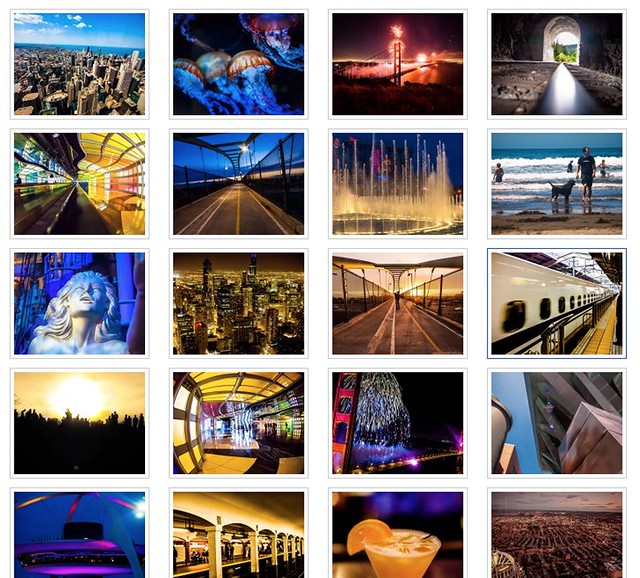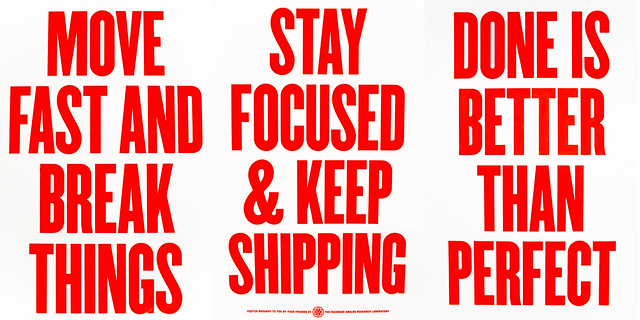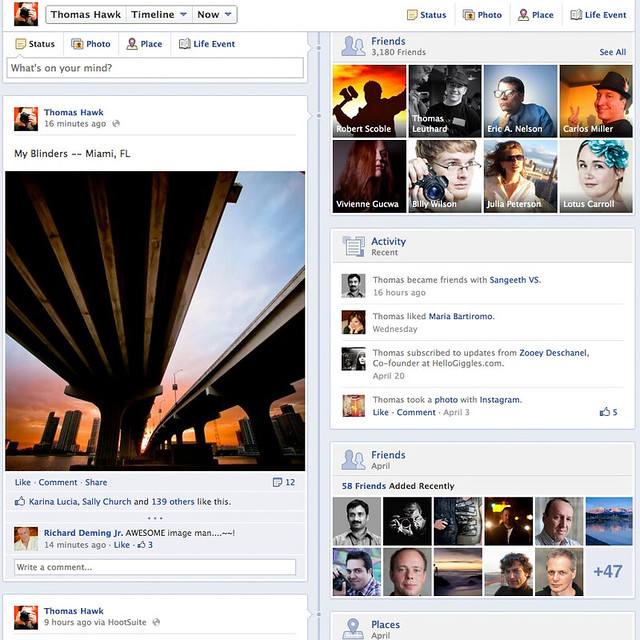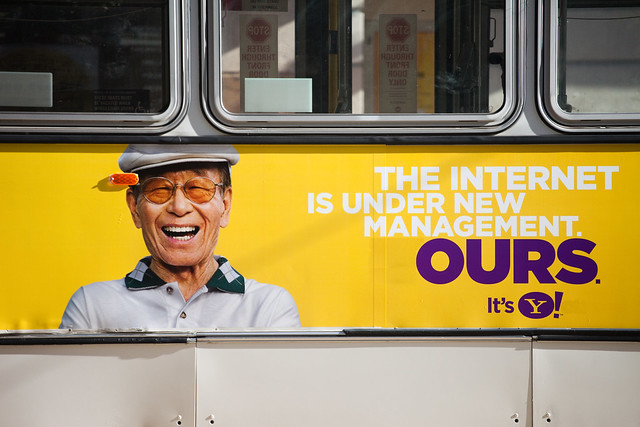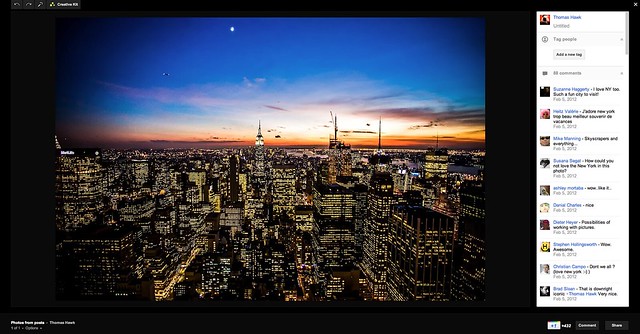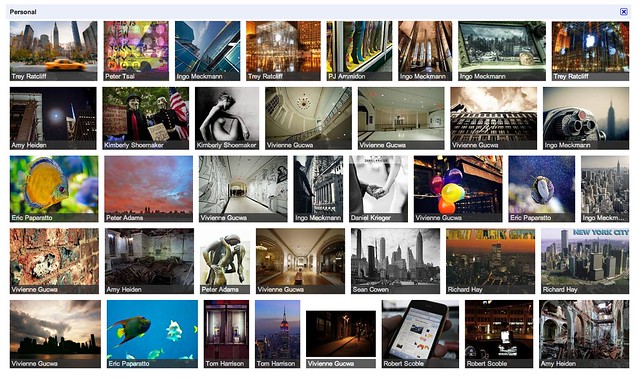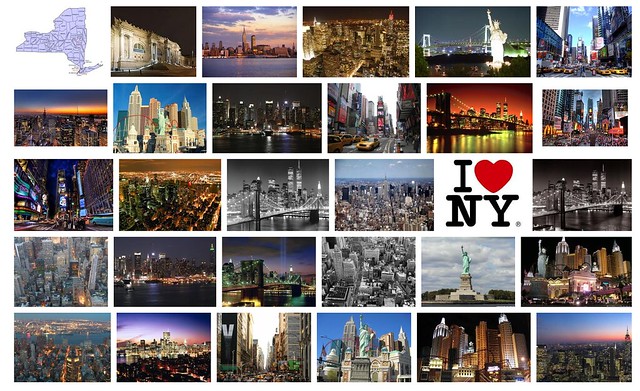Update: Instagram just posted a blog post clarifying their intentions with their new TOS. More specifically it sounds as if they are going to be changing the wording on the controversial portion of their new TOS and strengthening your ownership rights over your photos. Seems like all the backlash was enough to make them back pedal on this one.
From Kevin Systrom:
“The language we proposed also raised question about whether your photos can be part of an advertisement. We do not have plans for anything like this and because of that were going to remove the language that raised the question. Our main goal is to avoid things likes advertising banners you see in other apps that would hurt the Instagram user experience. Instead, we want to create meaningful ways to help you discover new and interesting accounts and content while building a self-sustaining business at the same time.
Ownership Rights Instagram users own their content and Instagram does not claim any ownership rights over your photos. Nothing about this has changed. We respect that there are creative artists and hobbyists alike that pour their heart into creating beautiful photos, and we respect that your photos are your photos. Period.”
Earlier today Instagram announced that they are changing their Terms of Service effective January 13th 2013.
The most controversial part of the change is outlined below:
To help us deliver interesting paid or sponsored content or promotions, you agree that a business or other entity may pay us to display your username, likeness, photos (along with any associated metadata), and/or actions you take, in connection with paid or sponsored content or promotions, without any compensation to you.
Now I have no idea if Instagram actually plans on selling/licensing your photos or not — sometimes the lawyers get a hold of things like this and push the envelope too far with a TOS — but this change seems to go further to me than the typical giving up of rights to your photos for typical social media display purposes.
Facebook’s TOS by contrast reads:
“For content that is covered by intellectual property rights, like photos and videos (IP content), you specifically give us the following permission, subject to your privacy and application settings: you grant us a non-exclusive, transferable, sub-licensable, royalty-free, worldwide license to use any IP content that you post on or in connection with Facebook (IP License). This IP License ends when you delete your IP content or your account unless your content has been shared with others, and they have not deleted it.”
While this appears functionally similar to Instagram’s, Facebook doesn’t actually mention so specifically the idea of selling your content and you getting zero compensation.
Google+’s TOS tends to provide photographers greater protection with a provision that your content there can be used for the “limited purpose of operating, promoting and improving our services, and to develop new ones.” Nothing about selling off your photos to third parties there, folks.
“When you upload or otherwise submit content to our Services, you give Google (and those we work with) a worldwide license to use, host, store, reproduce, modify, create derivative works (such as those resulting from translations, adaptations or other changes we make so that your content works better with our Services), communicate, publish, publicly perform, publicly display and distribute such content. The rights you grant in this license are for the limited purpose of operating, promoting, and improving our Services, and to develop new ones.”
Flickr takes it even one step further actually dedicating a specific blog post to this issue last year titled “At Flickr Your Photos are Always Yours.”
This change today has upset a lot of photographers and content creators. The New York Times takes apart the new TOS here. Blogger Robert Wagner puts his view more succinctly in a blog post titled Goodbye Instagram and f*** you.
Personally speaking, I trust that Google will not sell my photos out from underneath me. I think their TOS is pretty clear about their limited scope of use. I applaud Flickr for taking it one step further with a blog post spelling out that you always own your photos on Flickr. Interestingly enough, even before this announcement I saw my first “I’m leaving you Instagram for Flickr” post this past weekend.
Wired has a post that shows you how to take your photos off of Instagram and delete your account.
Gizmodo seems to take a different view of this situation, calling folks concerned with today’s announcement whiny little babies.
What are your thoughts? Will you continue to use Instagram? Are photographers overreacting here?
My own view is that I think Instagram is pushing it a little too far with this one. I think I’d rather pay them a subscription fee like I pay Flickr than have them out there selling my photos.


